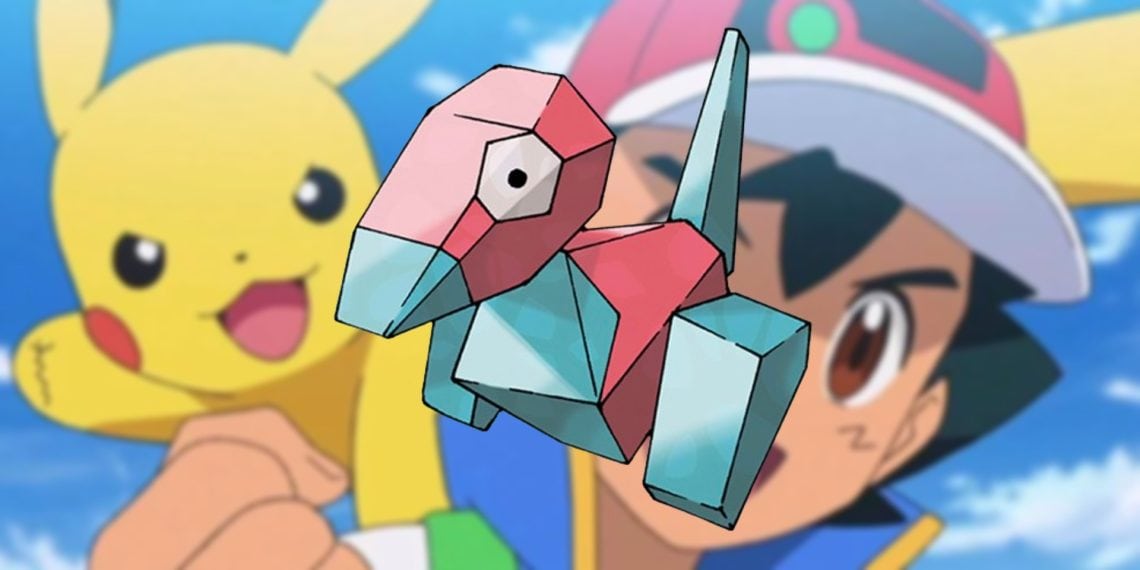On December 16th, 1997, the 38th episode of the popular Japanese anime series Pokémon aired on broadcast television in Japan.
Titled “Computer Warrior Porygon,” the episode featured Ash and his friends entering a digital world with the help of Porygon, a Pokémon with a unique polygonal design, in order to stop Team Rocket from using a computer virus and a stolen Porygon to disrupt the technological network connecting Pokémon Centers.
What made this particular episode so infamous is that it contained a scene with flashing red and blue lights that caused a wave of epileptic seizures and other health issues among viewers, especially children.
This unprecedented incident, now referred to as “Pokémon Shock,” prompted Japanese broadcasters to quickly pull the episode and implement new guidelines restricting the use of flashing lights and patterns in animation.
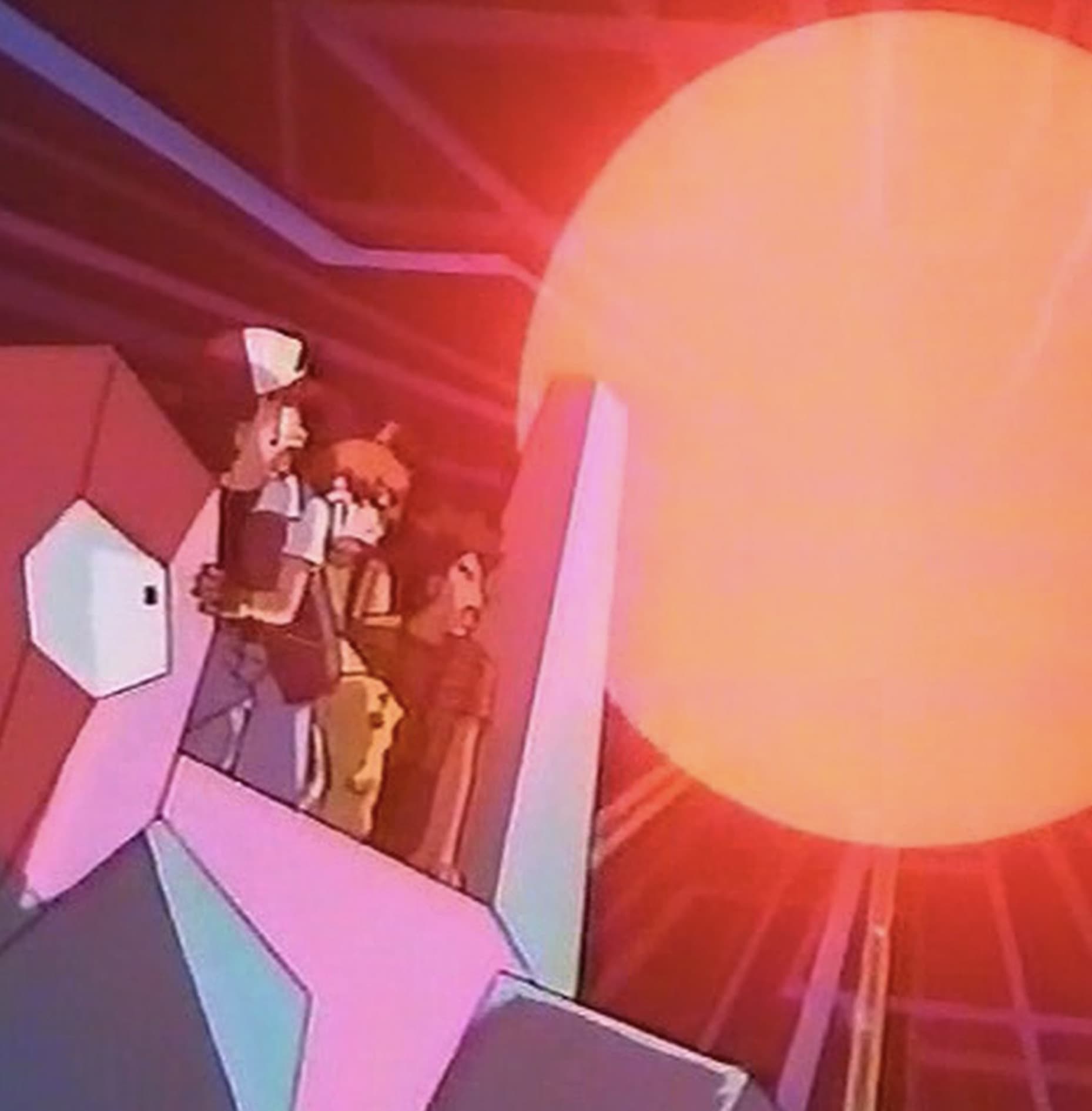
The Porygon character itself became stigmatized after the episode aired, as it was featured prominently when the flashing scene occurred.
Despite the Pokémon Company’s insistence that Porygon was not responsible for or the source of the flashing effects, the character has made only a handful of minor anime appearances since.
As a result of this one episode’s enormous impact, Japanese television standards surrounding animation changed drastically in order to prevent any such health issues from occurring again.

It remains a pivotal moment in the history of Pokémon media and broadcast regulation.
The Seizure-Inducing Episode and Its Impact on Anime Regulations
In an unusually cooperative turn of events, Ash, his friends, and even the villainous Team Rocket end up joining forces within the digital world in order to find a way out after their presence disrupts the system.
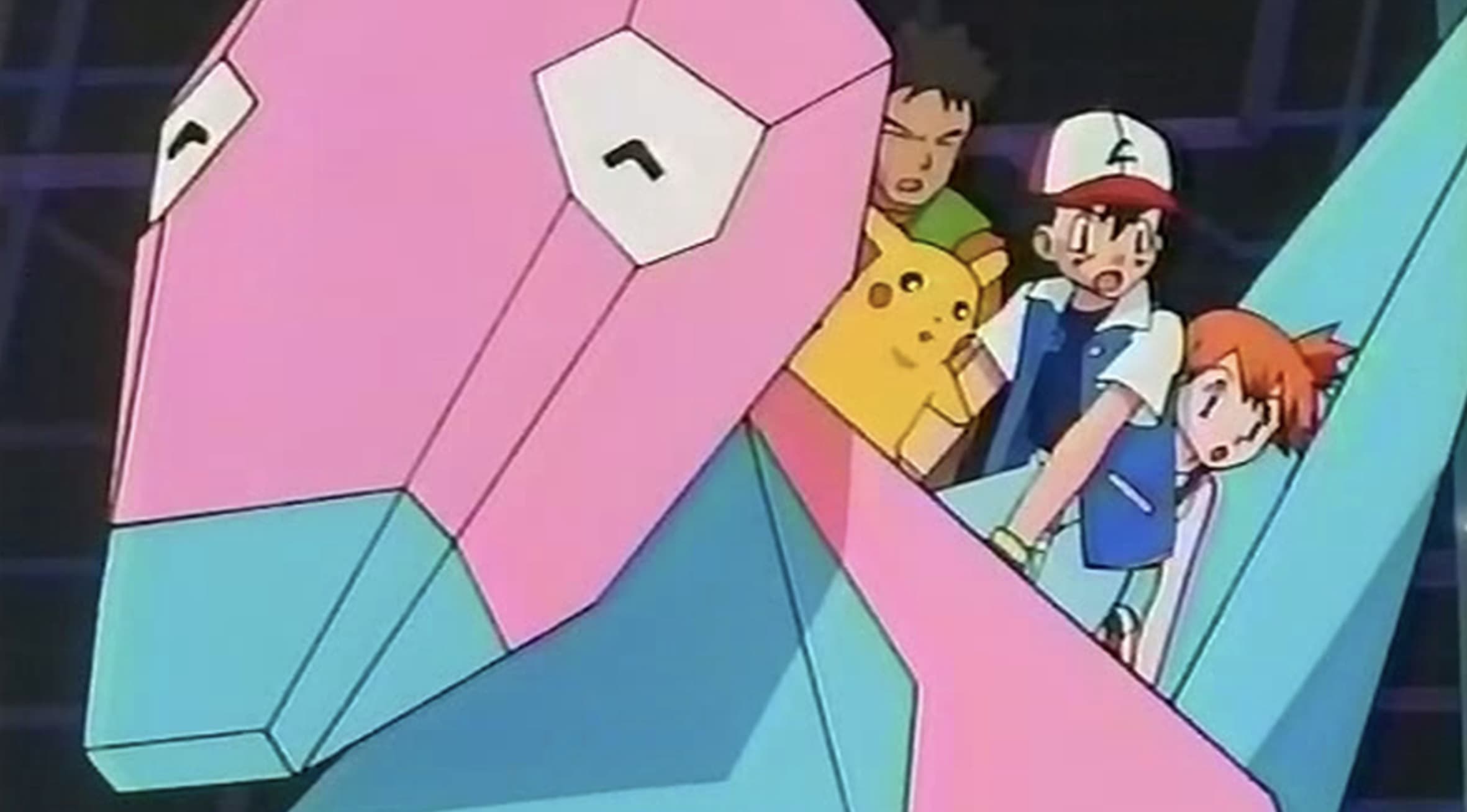
In an attempt to fix the bugs they inadvertently caused, an anti-virus program is deployed that begins attacking them without discrimination, perceiving the group as a threat.
In one of the episode’s more bizarre moments, the anti-virus actually transforms into a UFO-like shape and starts firing missiles at Ash’s party and Team Rocket alike in order to eliminate them.
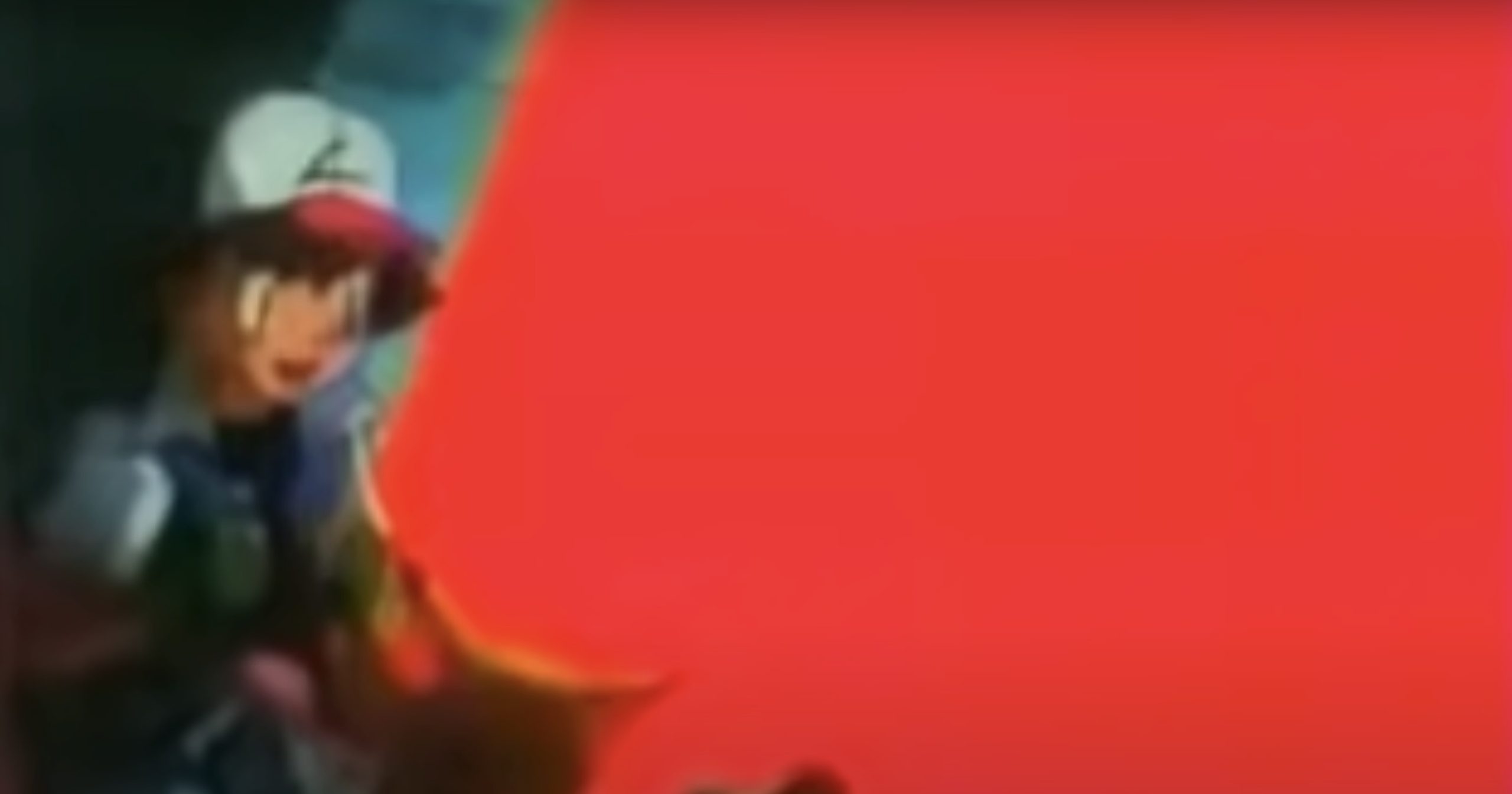
In an act of self-defense, Pikachu uses a powerful Thunderbolt attack aimed at the missiles. However, the resulting explosion creates a rapidly strobing flash of red and blue lights.
It was this intense flashing scene featuring Pikachu’s attack, the anti-virus software, and bursts of red and blue light pulsing in an almost seizure-inducing fashion that proved harmful to viewers.
Especially susceptible were young children watching the popular program, many of whom started showing physical distress and symptoms synced to the flickering display.
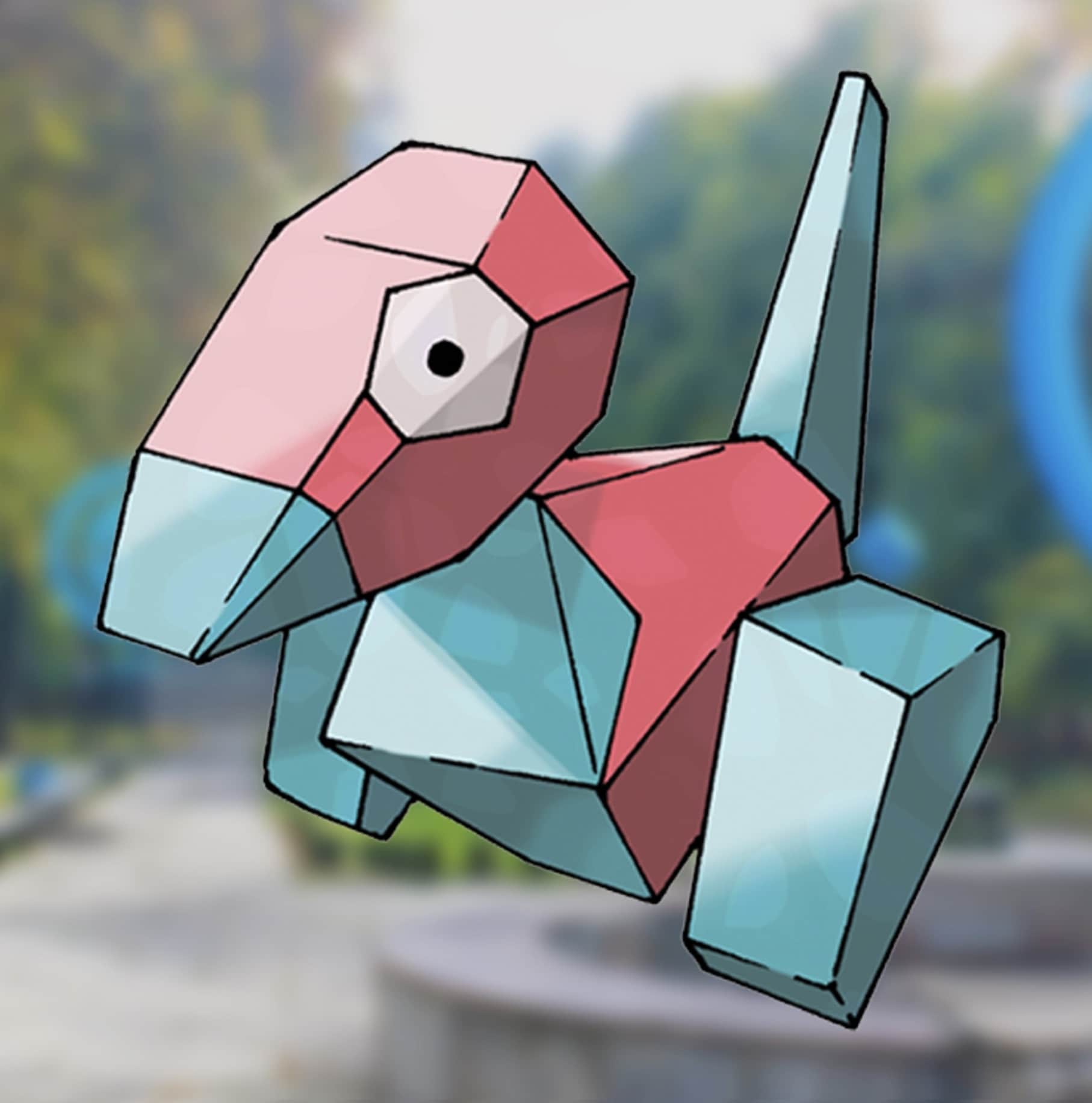
It soon became apparent that this climactic moment had the dangerous side effect of triggering epileptic seizures and other health issues for those prone to photosensitivity disorders.
The immediate fallout from what the press dubbed “Pokémon Shock” was severe, with the episode pulled instantly and permanently banned after its first and only broadcast during which it harmed viewers’ health. Strict guidelines were implemented around using flashing colors, patterns, and lights in anime going forward.
Health Crises, Anime Hiatus, and Lasting Regulatory Changes
The immediate aftermath of the flashing scene and its harmful effects was intense.
Over 700 cases were reported of Japanese viewers, especially children, experiencing health issues like seizures, dizziness, nausea, and headaches after watching the episode live. This wave of incidents was soon dubbed “Pokémon Shock” by the media.
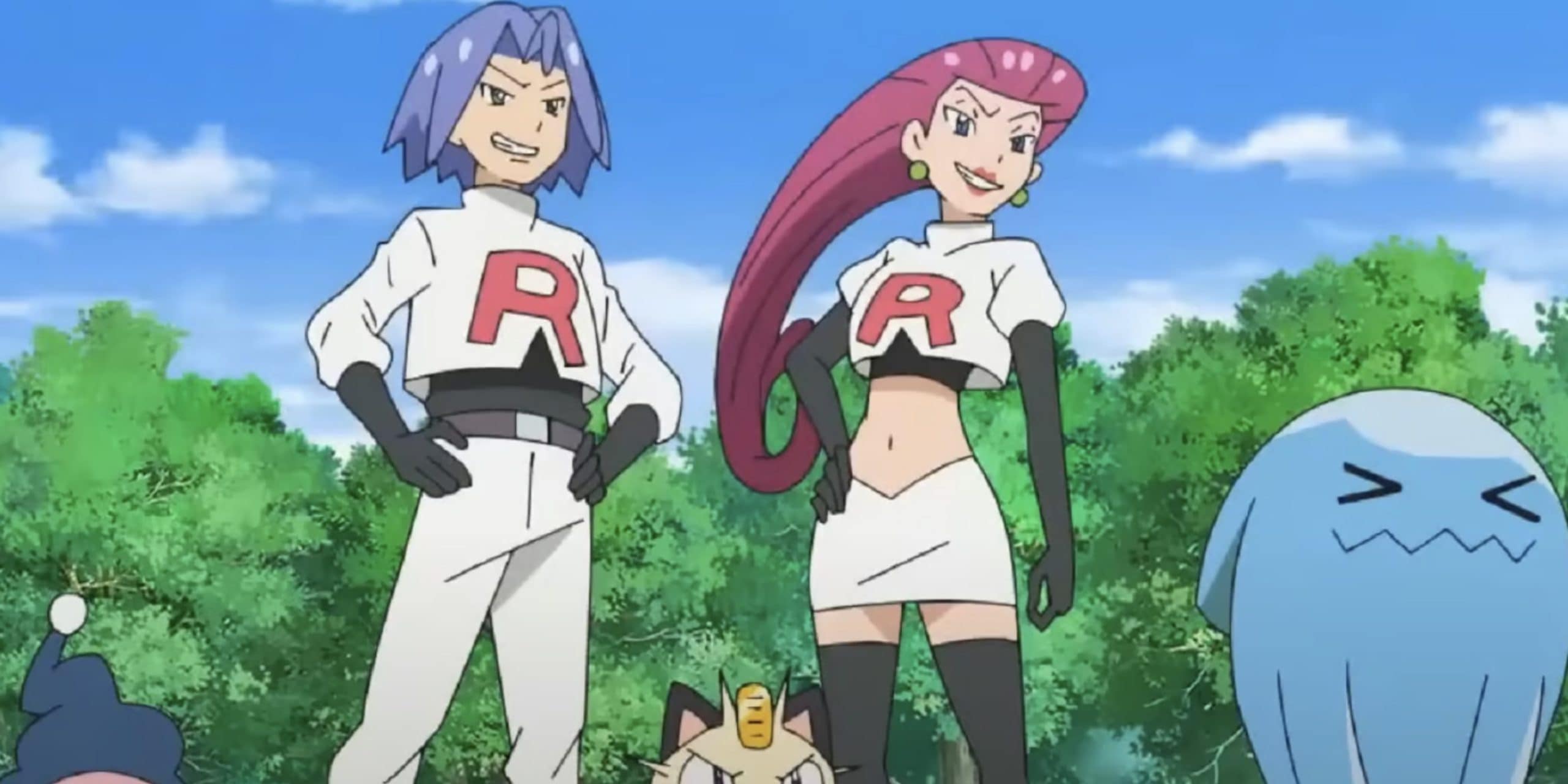
The impact was severe – Pokémon’s anime went on hiatus for several months as investigations were launched into how this could have happened.
Nintendo itself held a press conference to defend that the Pokémon games on Game Boy were safe and not to blame, distancing themselves from the anime production.
When Pokémon eventually returned to air new episodes in the spring of 1998, changes had been made – past episodes were edited to tone down flashy effects.
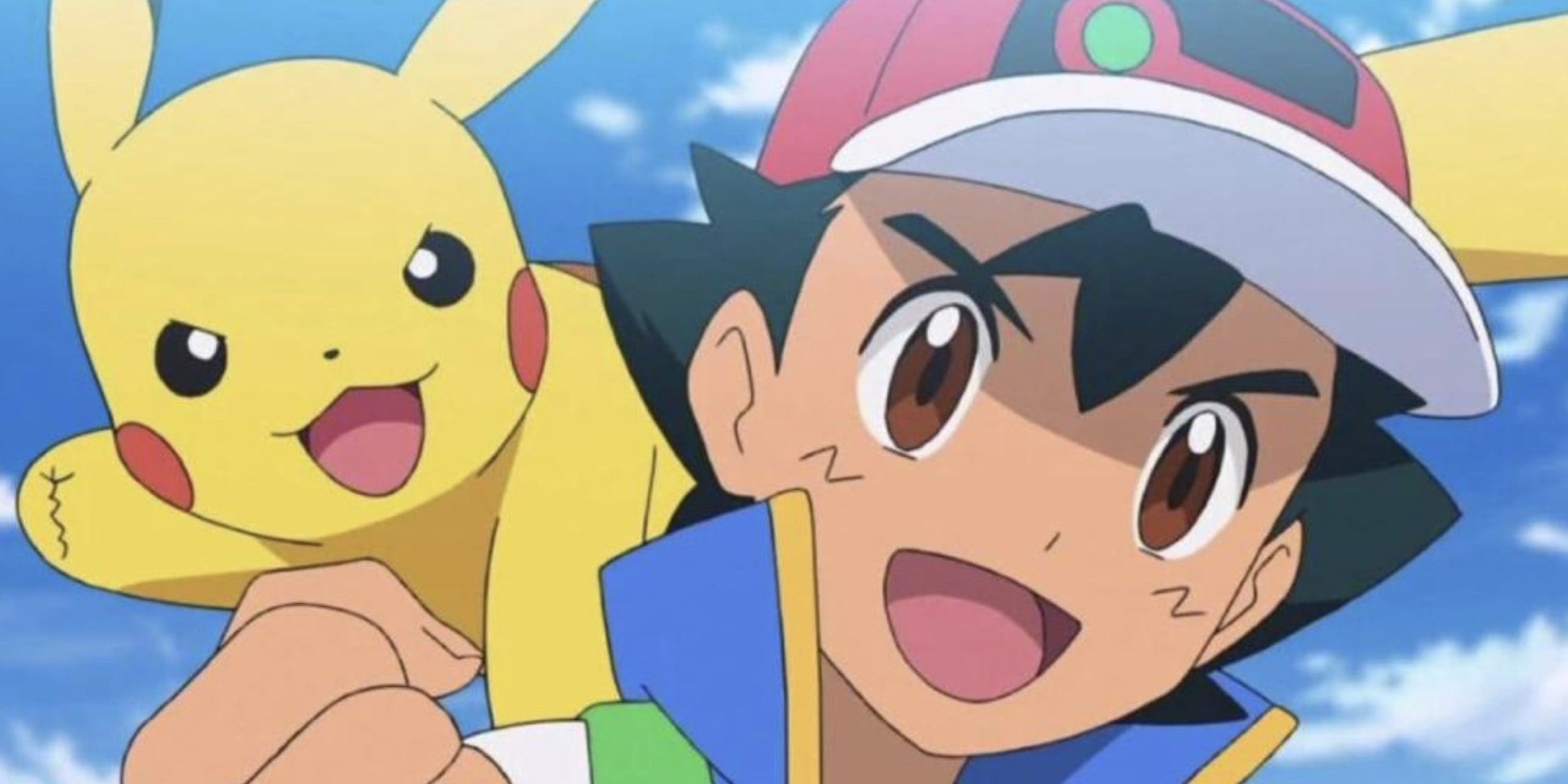
More importantly, all animated shows on Japanese television were now required to display a special warning message at the start advising audiences to watch in well-lit rooms from a reasonable distance. Over 20 years later, this disclaimer continues to book kids’ programs in particular.
The infamous episode was mocked in Western animated shows like The Simpsons and South Park at the time, despite having never actually aired outside of Japan.
Yet for Japanese regulators and broadcasters, ensuring such health risks were not triggered again became paramount. As a result, guidelines around flashing lights, color contrast, and patterns were implemented for all animations going forward – a legacy of the unseen, but never forgotten, Computer Warrior Porygon.


